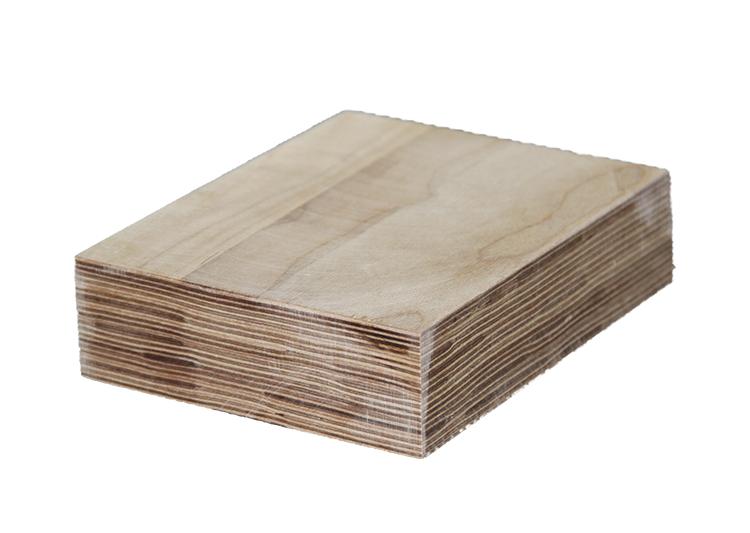Performance analysis of FR4 and 3240 epoxy sheets
2024-10-16 13:46 | By: ZTELEC-www.ztelecgroup.com | 5980click
Epoxy sheets, as a widely used insulating material, play an important role in the electronic and industrial fields. FR4 and 3240 epoxy sheets are two common epoxy sheets, each with unique performance characteristics suitable for different application scenarios.

FR4 epoxy sheets, as the main material for printed circuit sheets (PCBs), are favored for their good electrical insulation and machining properties. The dielectric constant and dissipation factor of FR4 sheets are moderate, suitable for most electronic circuit applications, and cost-effective.
3240 epoxy sheets are high-performance epoxy sheets that are optimized in some electrical properties compared to FR4 sheets. 3240 sheets have lower dielectric constants and dissipation factors, which makes them perform well in high-frequency circuits, reducing delays and energy losses during signal transmission.
In terms of heat resistance, both FR4 and 3240 epoxy sheets are able to remain stable at higher temperatures, but the heat resistance of 3240 sheets is slightly higher than that of FR4 sheets, making them more suitable for high-temperature working environments. In addition, the mechanical properties of 3240 sheet are also slightly better than FR4 sheet, providing better wear resistance and impact resistance.
When choosing epoxy sheet materials, engineers need to weigh them according to the specific requirements of the application. If the project has high requirements for electrical performance and cost-effectiveness, FR4 epoxy sheet may be a more suitable choice. For high-end applications that pursue high-frequency performance and heat resistance, 3240 epoxy sheet may be more suitable.
In summary, FR4 epoxy sheet and 3240 epoxy sheet each have their own advantages and application scenarios. Understanding the characteristics and differences of these epoxy sheets can help engineers and designers make more appropriate material choices based on project requirements.
tags:Lightning ProtectionOverload ProtectionShort Circuit Protectiontransformer safety10kV oil-immersed transformer
- more+releated article
- 2025-10-21Application of K Factor Transformer
- 2025-10-21Detailed explanation about transformer model w
- 2025-10-2010kV Oil-Immersed Transformer Safety: Lightnin
- 2025-10-20What are The Advantages of Phenolic Cotton Clo
- 2025-10-17Are Three-Phase Isolation Dry-Type Transformer
- 2025-10-17G10 Epoxy Sheet: Choosing the Right Specificat
- 2025-10-1610kV Oil-Immersed Transformer Operation Inspec
- 2025-10-163240-B Epoxy Phenolic Glass Fiber Cloth Lamina
- 2025-10-15G10 Epoxy Sheet: The Preferred Insulation Mate
- 2025-10-15Analysis of Energy-Saving and Noise Control Te





